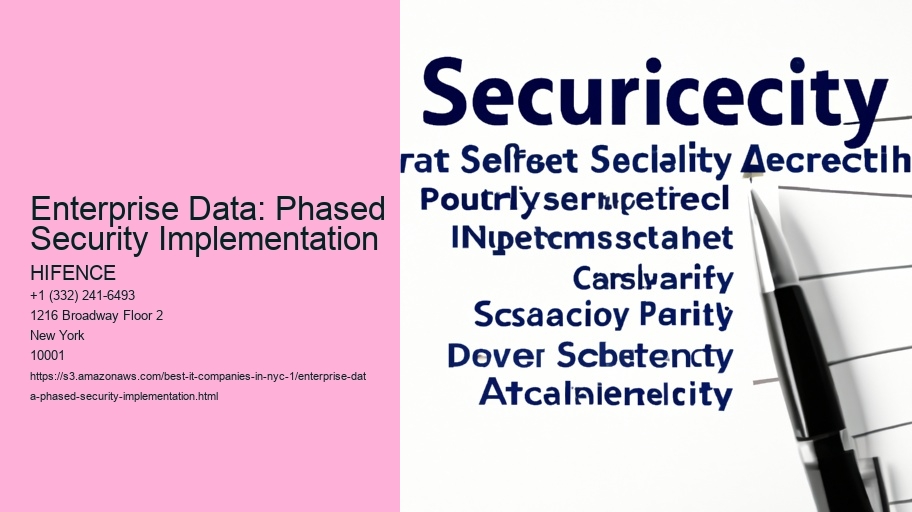
Enterprise Data: Phased Security for Large Organizations
Okay, so, enterprise data in a vast organization? It's like a sprawling city, isnt it? Youve got diverse neighborhoods (departments), valuable assets (sensitive data), and a constant flow of traffic (data movement). Just throwing a single, giant wall around the whole thing isnt necessarily the smartest move. That's where phased security comes in.
Phased security, well, it isn't about deploying all your defenses at once. Instead, its a strategic, step-by-step approach to bolstering your data protection.
Why this approach? Well, for starters, it's often more budget-friendly. check Implementing a full-blown security architecture immediately can be incredibly expensive. Phasing allows you to prioritize investments, focusing on the most critical areas first and then expanding as resources become available. managed services new york city Its like, you wouldnt remodel your entire house at once, right? Youd tackle the most pressing issues first.
Furthermore, it minimizes disruption. A sudden, sweeping security overhaul can throw your entire workforce into disarray! Introducing changes gradually allows employees to adapt, learn new procedures, and integrate security protocols into their daily routines. This incremental adoption enhances user buy-in and reduces resistance to security measures.
Also, phased security permits continuous improvement. Its not a "set it and forget it" kind of deal. As you implement each phase, you can monitor its effectiveness, identify weaknesses, and make necessary adjustments. This iterative process ensures your security posture remains robust and adaptable to evolving threats. Its a never-ending cycle of assessment, improvement, and deployment.
Data classification is crucial here. ( Knowing what data is most sensitive helps you prioritize which layers need the strongest protection. ) You wouldnt treat publicly available marketing material the same way you treat confidential financial records, would you?
However, it isnt without its challenges! managed services new york city Careful planning and coordination are essential. ( Each phase needs to be meticulously designed and executed to avoid gaps or conflicts in security coverage. ) Communication is also key (keeping stakeholders informed about the progress and impact of each phase is crucial for maintaining trust and support).
In conclusion, phased security is a smart, practical, and adaptable strategy for safeguarding enterprise data in large organizations. By adopting a gradual, risk-based approach, you can achieve a robust security posture without breaking the bank or disrupting your business. Done right, its a game-changer!